Money
Himalayan Yak: No more treasure for mountain people as Tibet restricts trade
Due to the restrictions that started since Covid, yak population has risen significantly, causing a burden for herders along the Nepal-China border.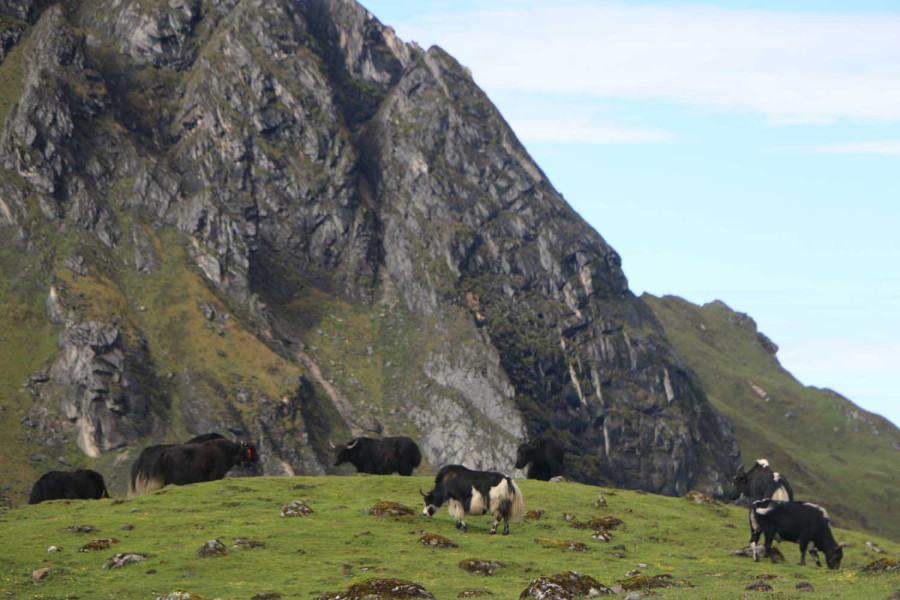
Ananda Gautam
Nupu Sherpa of Tokpegola, situated around 4,100 meters above sea level in Mikwakhola Rural Municipality in Taplejung, sold 20 yaks in Tibet, China, back in 2019.
He earned Rs110,000 per head, as there were no border restrictions on taking yaks to the Chinese market.
Sherpa and five other herders in Thudam, Sankhuwasabha, a higher pass known as a centre for yak herding, used to sell yaks by crossing the Chinese border.
During the pre-Covid period in 2019, the last time they traded yaks to Tibet, they brought Rs5 million each.
But since then, they have not been able to export yaks to Tibet.
“While trading in Tibet at that time, the 1 Chinese yuan was equivalent to Rs16,” said Sherpa. “I have heard that the rate has increased, but sadly, we cannot sell yaks anymore.”
Sherpa currently owns 75 yaks, and all are mature enough to be sold. Normally, yaks have a life expectancy of 15-20 years, and after that, they turn thin and old. So, the commercial value of yak is at the age of 12.
“The old yak does not fetch a good price, so selling them while they are still valuable is important,” said Sherpa. Now, to make ends meet, Sherpa has been making dog chews from yak milk.
In the upper reaches, when the market in Tibet was open and vibrant, yaks were used as pack animals. “But now, rearing yaks has become a burden for many people,” said Sherpa.
Nearly 180 households like Sherpa’s have the same problem—no market access.
According to the Yak Farmers Federation, Taplejung, each family is rearing between five to 400 yaks.
Sherpa, also president of the federation, said that their only alternative is to let yaks die.
Yak farmers have requested Netra Prasad Sharma, chief district officer, to raise the issue with the officials on the other side of the border.
Accordingly, on December 14, a meeting was held between the key officials of Taplejung and Dinggye County in southwest Tibet.
“We have raised the issue, including to allow trade of agricultural products. It was the main agenda from our side at the meeting, but Tibet showed reluctance to resolve the issue faced by Nepalis living at the Nepal-China border point,” said Sharma.
During the meeting, the Chinese representative said that Beijing would make the decision regarding livestock trade and that they would make requests to the higher authority.
“We are hopeful the issue will be addressed,” said Sharma.
The border people tried to export yak, milk, dog chew and ghee on different occasions but were returned, said Sharma.
Kimathanka in Sankhuwasabha and 13 other trans-Himalayan trade points along the Nepal-China border were reopened in May after four years of closure.
In May, then Deputy Prime Minister and Minister for Foreign Affairs Narayan Kaji Shrestha reached Tibet through the Kimathanka border point, and Vice-chairman of the Tibet Autonomous Region Silang Nima jointly opened the traditional trading points amid a function in the Tibetan town of Chentang.
They announced the reopening of 14 of the 21 trading points in various districts along Nepal’s mountain range.
Chinese authorities closed the border passes in January 2020 to prevent the spread of the coronavirus, which severely disrupted the livelihoods of Nepalis living in remote mountain villages close to Tibet.
“We have raised the issue at Nepal’s home ministry,” said Sharma.
The locals who lost one of the crucial markets after Covid-19 were hopeful that the reopening of the border in May for people and trade movements would revive the yak trade.
The residents in far-flung northern borders believe that the trade restrictions have also affected Tibet.
Mingma Diki of Olangchung Gola said her family would buy yak calves from Tibet, rear them in Nepsl and sell them back to Tibet after they matured.
“It’s strange that free trade with Tibet has stopped altogether.”
Locals suspected that China might have stopped the yak trade due to lumpy skin disease that spread in Nepal in 2023. The first outbreak of lumpy skin disease in Nepal started in June 2020. By 2023, more than 48,000 cattle have died from the disease that has affected all of the country's 77 districts.
More than 3,000 livestock were affected by lumpy skin in Taplejung, according to the Livestock Service Office.
Tibet, however, has not officially made any statement about stopping yaks from coming from Nepal.
“We submitted a special proposal on this issue, but Beijing declined it,” said Chheten Sherpa Lama, ward chairman of Phaktalung rural municipality, who was in the Nepali delegation with chief district officer Sharma, to Tibet as a translator.
The population of yak has been increasing and causing additional burden to farmers, said Lama.
“Feeding yaks is becoming increasingly difficult, and fodder shortages are adding to our hardship.”
As per the District Livestock Office statistics, there are around 8,000 yaks in Taplejung.
The federation said that even if a yak is priced at Rs50,000, Taplejung has yaks worth Rs400 million.
Around 60 percent of yaks are at the age to be sold.
Locals of the mountain region have been rearing yaks at 3,000 to 5,000 metres as their traditional occupation. They are reared particularly in the higher passes of Sirijunga, Phaktalung, Mikwakhola, Meringden and Phungling.
According to the locals, yaks have also become prey to snow leopards, bears and wolves.




 14.12°C Kathmandu
14.12°C Kathmandu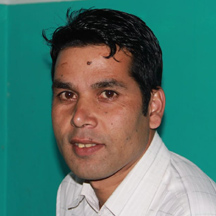






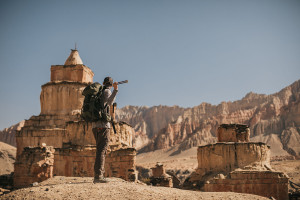


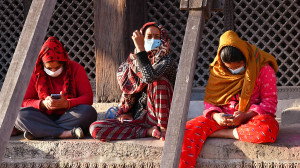
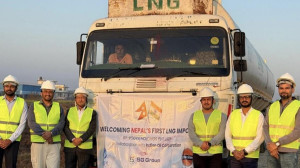

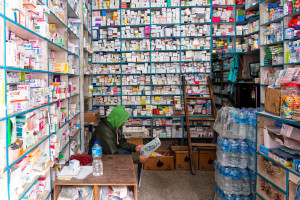
%20(1).jpg&w=300&height=200)
